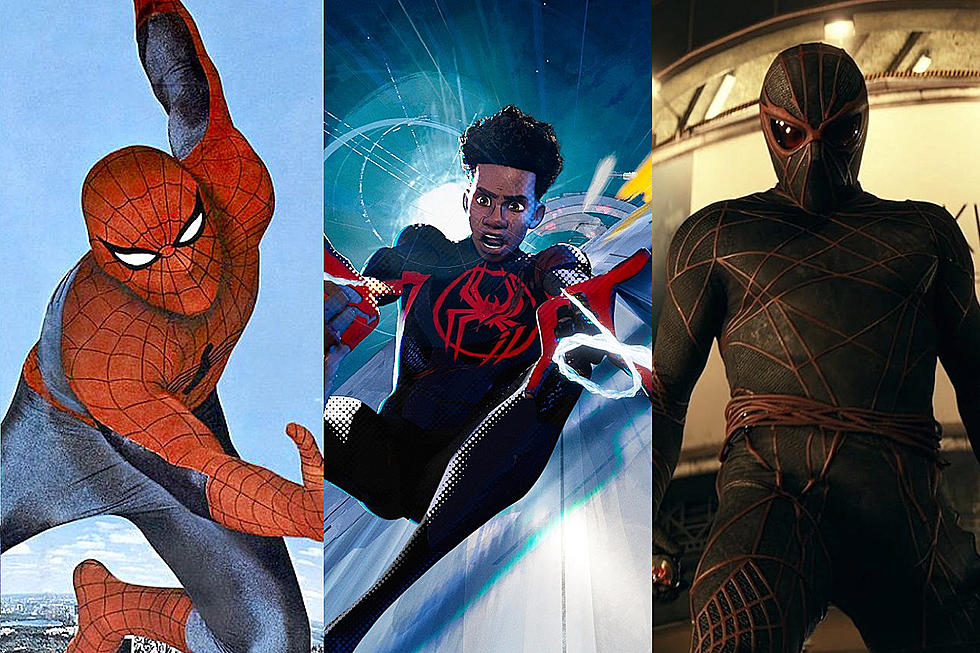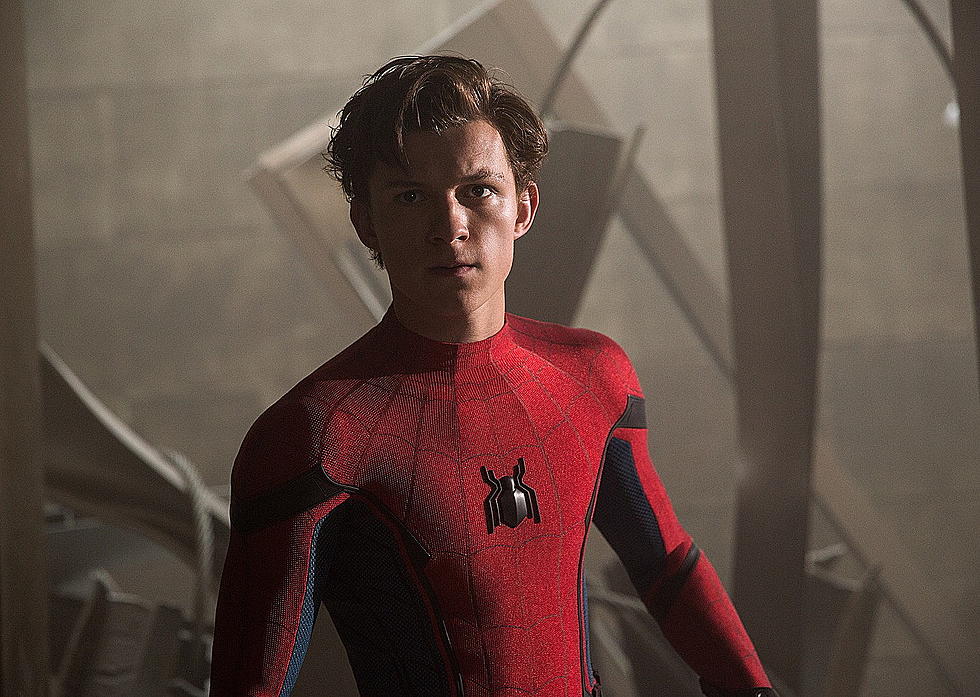
The Artist’s Spider-Man: Mark Bagley’s Generational Jump
Among Spider-Man fans, Mark Bagley is largely known as the artist of Ultimate Spider-Man, and with good reason. The Ultimate line was a shot in the arm for a character who had taken a downward turn in the mid-90s, with an overlong and largely panned story, The Clone Saga. He hadn't fully returned to the spotlight, despite some good follow-up stories.
But to peg Bagley as just the artist of an astonishing run on Ultimate Spidey is to undercut his accomplishments on the regular Marvel U version of the character a full decade earlier. And it's all pretty good.
Bagley joined the team on Amazing Spider-Man in 1991, and within a year of joining writer David Michelinie, he co-created Carnage, one of the more popular villains of the decade.
Symbiotes were a big part of Bagley's early Spidey career, as he was not only one of the artists who worked on Maximum Carnage, but he also drew the first three issues of the Venom: Lethal Protector miniseries. Clones also were pretty important, as Bagley was one of a handful of artists on the Clone Saga, specifically the Amazing Spider-Man and Amazing Scarlet Spider parts.
For fans of Ultimate Spider-Man, the look of Bagley's 1990s Spider-Man work may actually be surprisingly familiar. Bagley carried over a few aspects of Todd McFarlane's Spider-Man art --- namely the big eyes and "spaghetti" webbing --- which also carried over into Erik Larsen's run; but Bagley seemed to forego McFarlane's ultra-detailed approach in favor of a style that was extremely fluid. The statuesque looks that McFarlane and Larsen favored gave way to an illusion of almost constant movement.
Bagley's Spider-Man also trimmed down to the most lithe look he had since Ditko had drawn him. McFarlane had restored Spider-Man's funky contortions, but Bagley made him about 40 pounds lighter. As if taking a cue from Bagley's style, Spider-Man artists of the mid-to-late '90s, including Steve Skroce and Mike Wieringo, opted to depict Spidey as smaller than he had appeared in about 25 years. They also took the stylized fluidity of Bagley even further, bringing an almost animated style to some of the Spider titles.
Bagley left the Spider-Man books in the midst of the Clone Saga to go co-create Thunderbolts with writer Kurt Busiek, but in a few short years, he'd be brought back to the Spider-Man fold to help launch a heck of an experiment: a Spider-Man series set in a universe other than the regular Marvel U, in which Peter Parker and the rest of his supporting cast would revert back to their high school years. Gwen Stacy would be alive again. Aunt May would be considerably more self-sufficient.
Ultimate Spider-Man proved to be a huge success, in part as a result of writer Brian Michael Bendis' updated take on the characters and more modern style of arc-based storytelling, but Bagley's art was also a major part of why it worked. Not only did Bagley go even further with his live, thin Spidey designs to make the character believably a teenager, he also managed to bring a lot of energy to pages filled with dialogue.
Ultimate Spider-Man was an undeniably talky book, mimicking a WB high school drama, where 1960s Spider-Man stories had taken on a sort of soap-opera/teen romance feel. Bagley put a lot of personality behind an unmoving, full-face covering mask during some of the talkier scenes in which Peter was in costume. And for the ones in which he wasn't, he imbued his pages with a lot of emotion. His reaction shots jumped off the page.
He also redesigned virtually every Spider-Man character, from the supporting cast to villains including Electro, Doctor Octopus, the Green Goblin, Venom, and even deep cuts like The Enforcers and Tinkerer.
Bagley stayed on Ultimate Spider-Man for an incredible 111 straight issues. His partnership with Bendis would end up being the longest partnership in Marvel history, surpassing Stan Lee and Jack Kirby's Fantastic Four run. Bagley would eventually come back for the last few issues of the series (#156-160) for the "death" of Ultimate Peter Parker, and would leave the title to artists including Sara Pichelli and David Marquez thereafter.
Mark Bagley's 25 years with Spider-Man aren't the flashiest comics, but they're as influential as they come. Bagley could make an image of Spidey swinging around as enthralling as anyone, but more than that, he could make a conversation visually exciting. That's a heck of a talent.
More From ComicsAlliance









